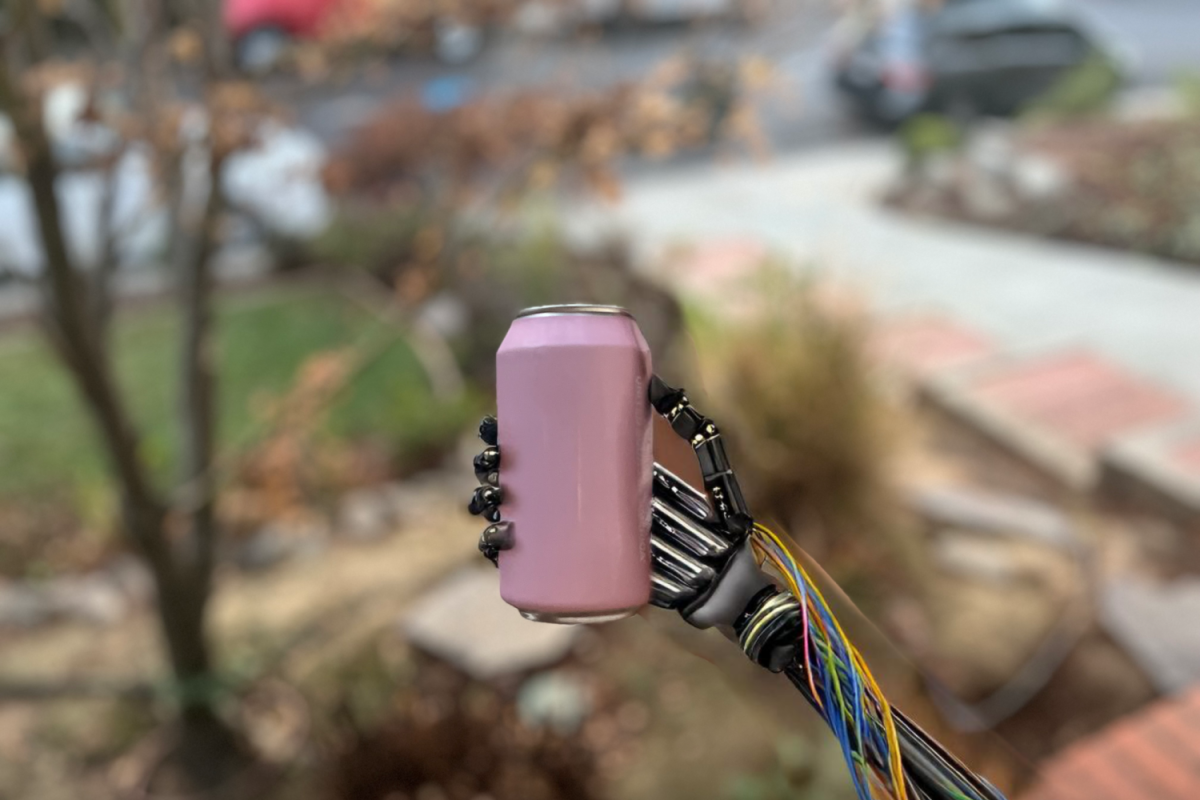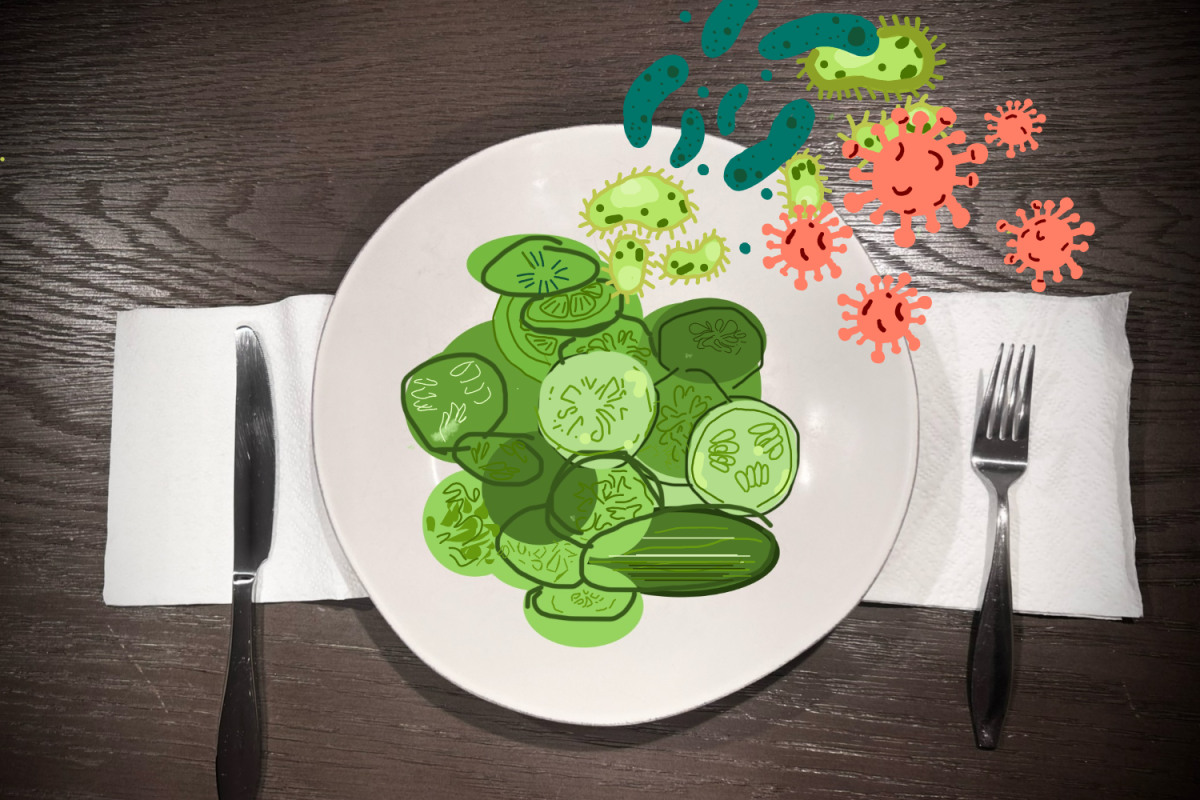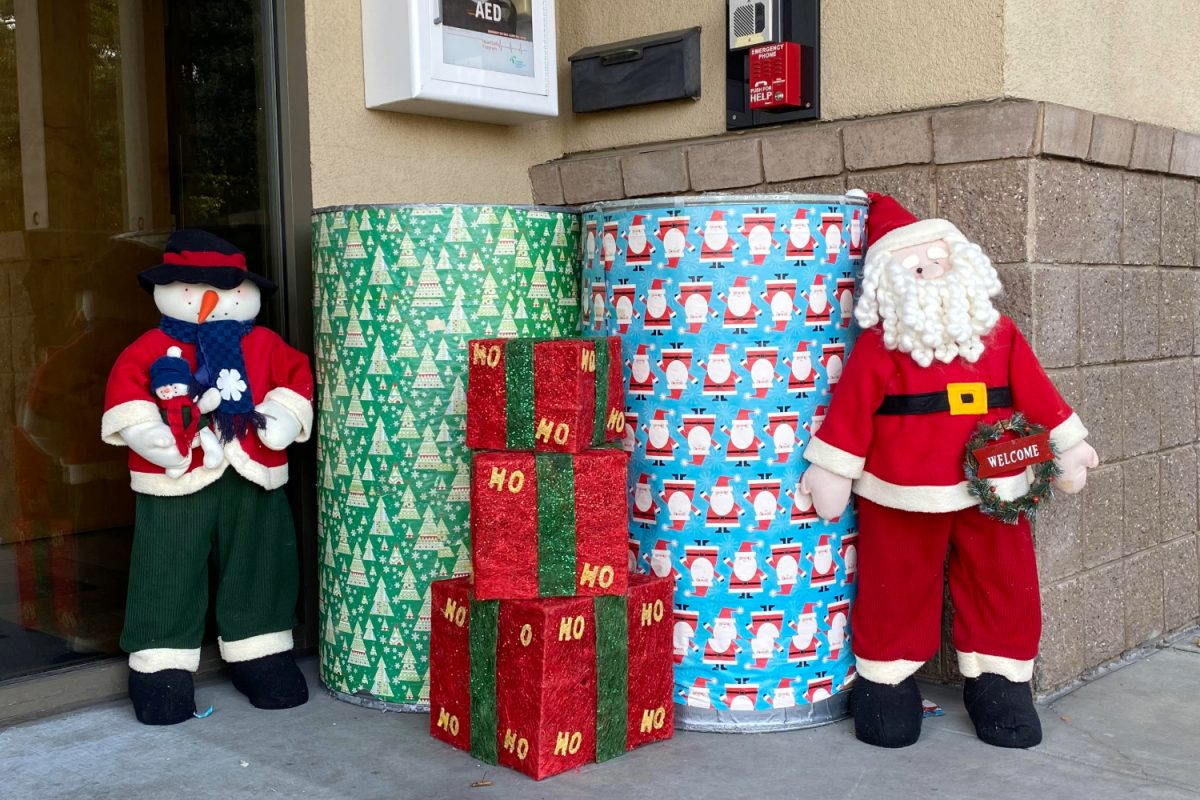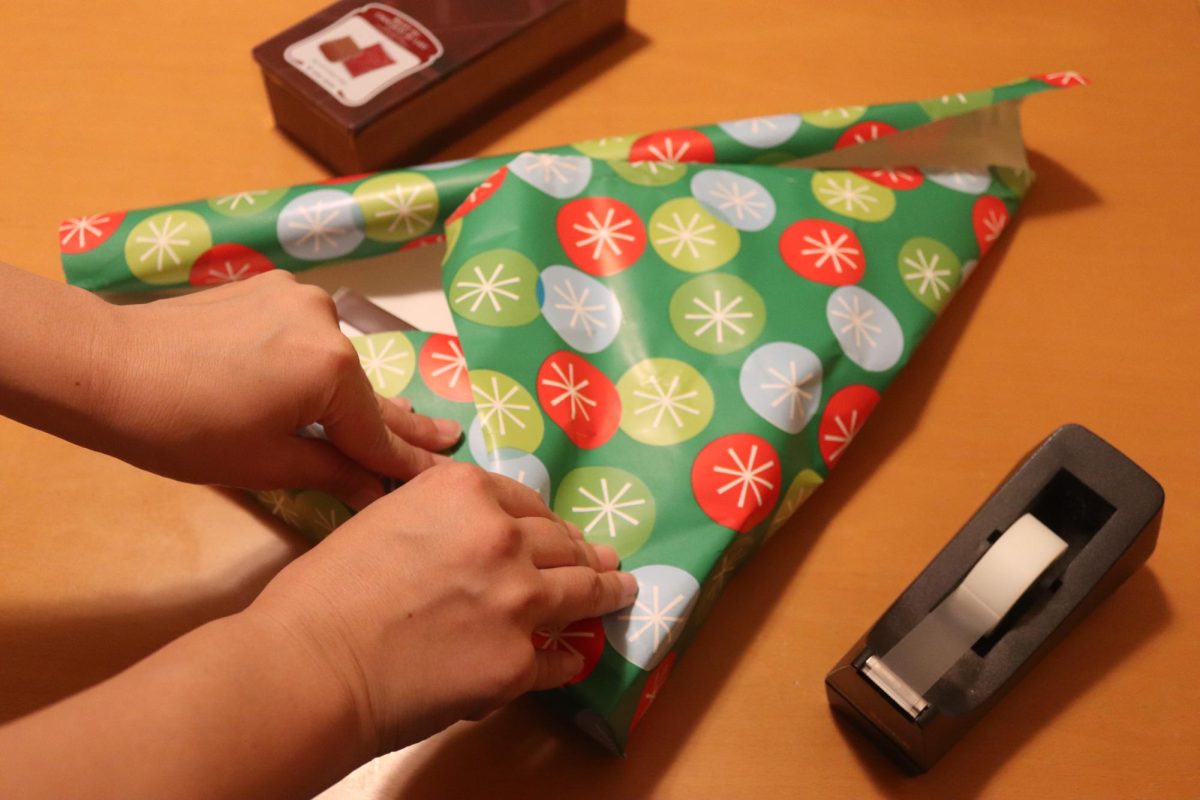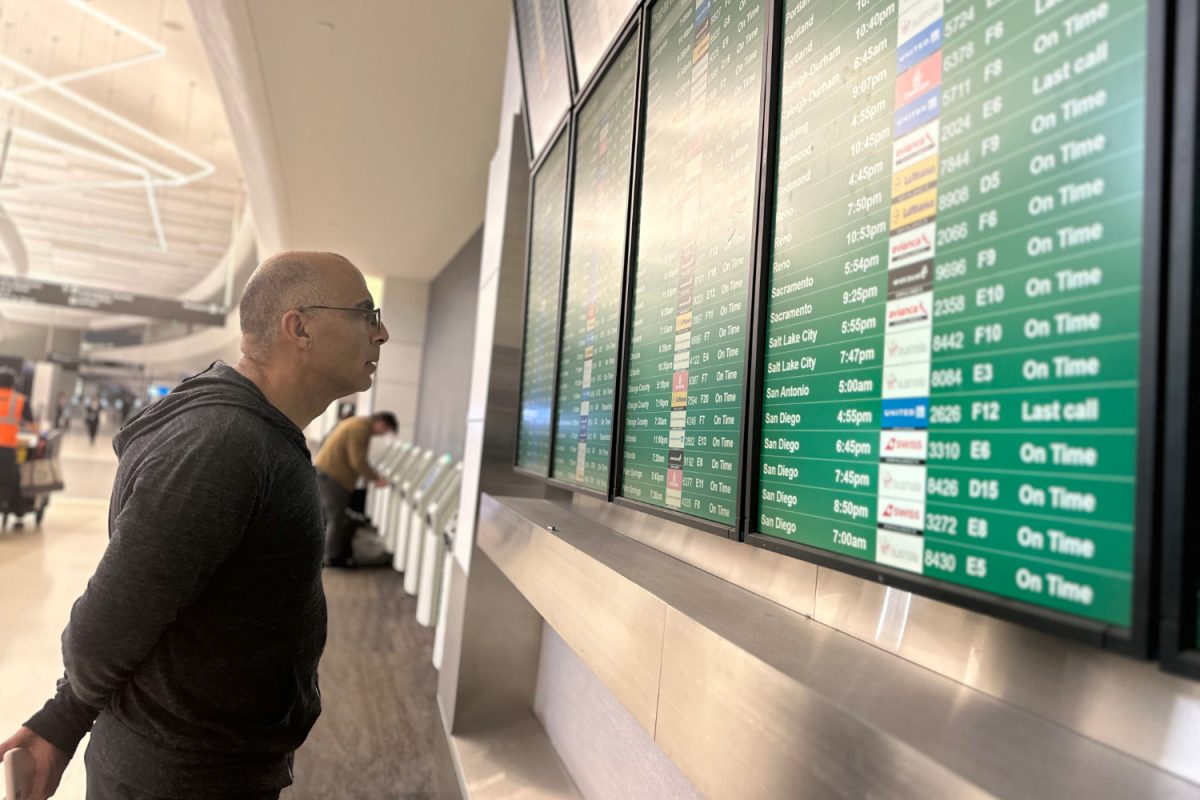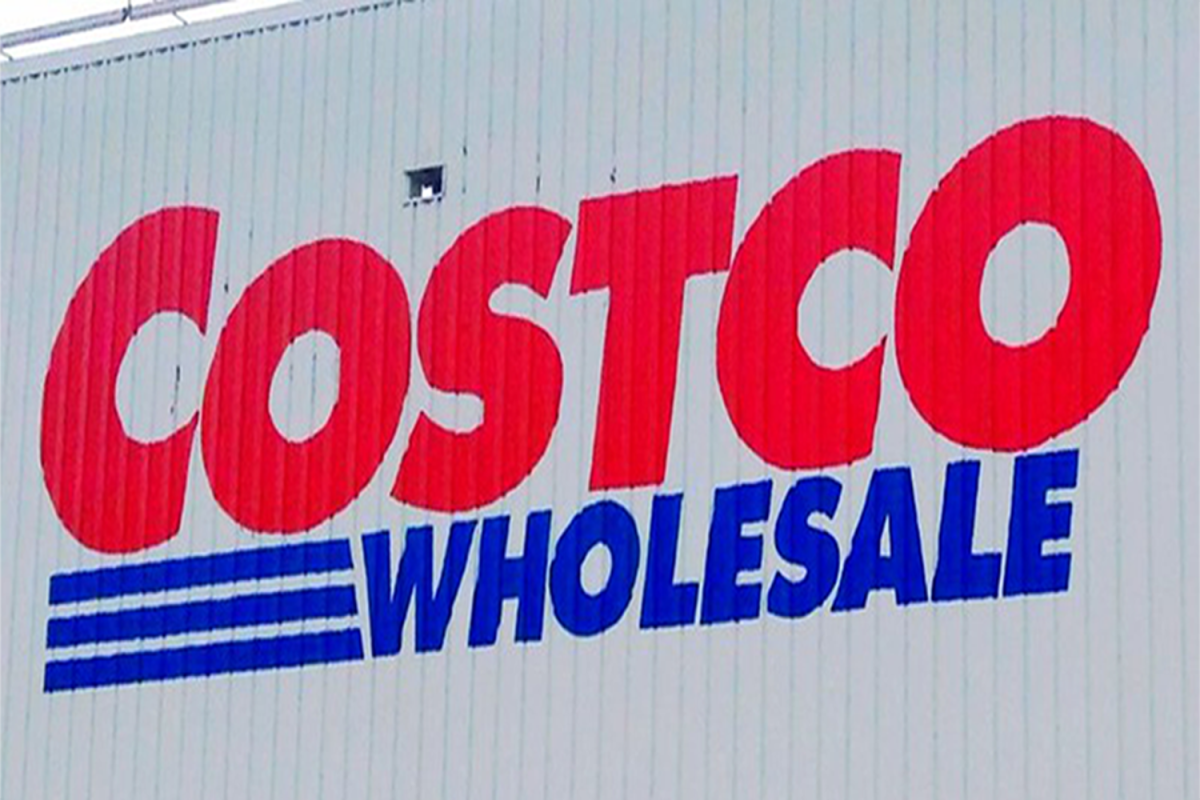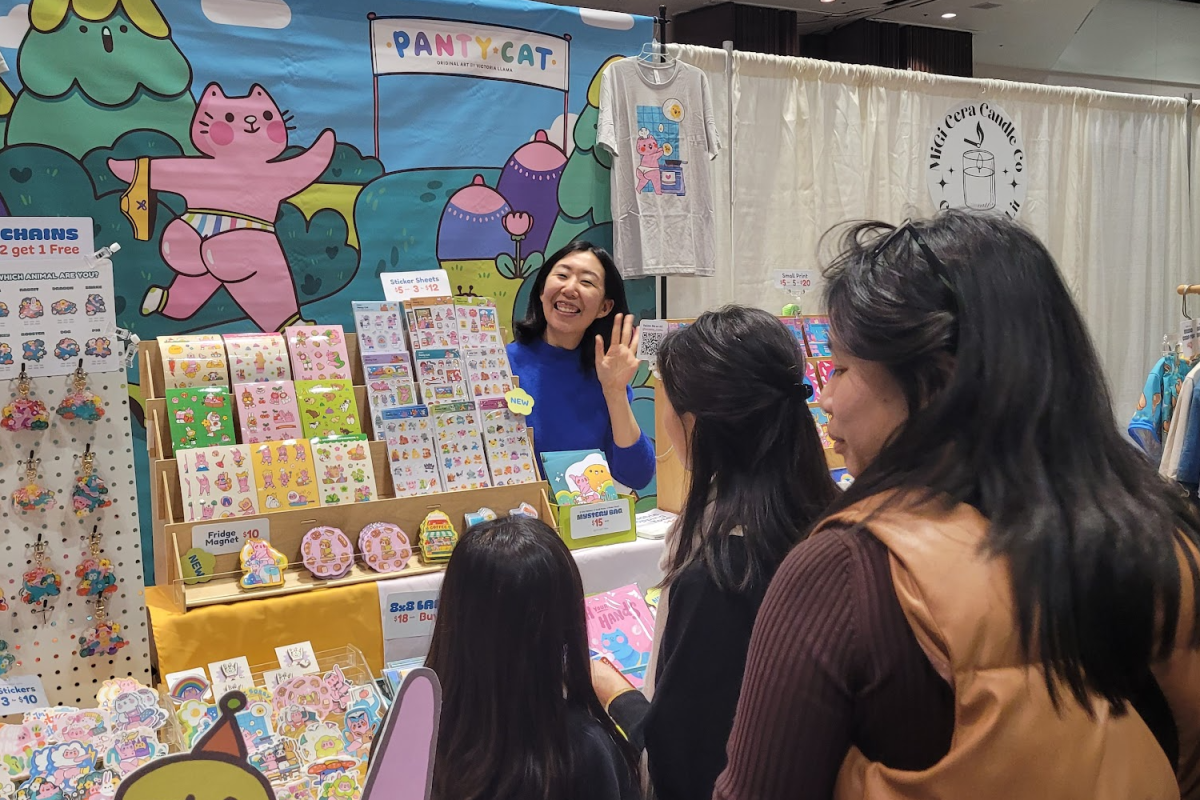Advancements in modern technology, including self-driving cars and artificial intelligence (AI), are reshaping industries and simplifying daily life. The culinary world is no exception, with innovations like cooking robots and smart kitchen devices revolutionizing how food is made.
Culinary arts have always had a significant presence in everyday human life. Some people cook as a hobby, and some for a living, which takes time and skill to cultivate and achieve. However, not everybody always has the time or resources to prepare and make a meal. With the new use of robots and AI in industries like music and cooking, new possibilities are being opened.
There are many different ways people have used robots to cook or serve meals. For example, OLHSO, a Korean barbeque food truck based in Foster City, prepares food in the robotic kitchen of a truck while in transit for delivery, ensuring warm and fresh food upon arrival. Another local example is the restaurant YAYOI in the Hillsdale Shopping Center, which has moved towards ordering with touch-screen iPads and using robot waiters.
The brand Nymble offers a cooking robot called Posha that works towards automating everyday cooking. The company began shipping its first batch in June 2024 under founders Raghav Gupta and Rohin Malhotra, and since then, it has cultivated more than ten cuisines and over 1,000 recipes in total. The general procedure of using Posha includes choosing the recipe, loading the ingredients, and then clicking start to allow the machine to cook, stir, and mix everything.
“I think my motivation was driven by the need that I saw. I grew up in a culture where love was expressed through home-cooked meals. I’ve seen so many people having to sacrifice their professional careers to provide freshly cooked meals to their families or, vice versa, people who decide not to cook at home and end up eating junk every single day just so that they can earn lots of money. I saw a lot of people who had to sacrifice one over the other. I did not want to be in a position where I had to make the same sacrifice,” Gupta said.
Developing this product, however, was a challenging process for many reasons. According to Gupta, robots that can cook are considered the “Olympics of Robots” because most robots work in mostly clean environments where harmful liquid cannot hurt them. In the kitchen, however, they are in contact with oil, water, corrosives in the form of spices, and other ingredients in food. Because of this, Gupta and Malhotra had to take the time to create reliable software so Posha could cook safely.
“We needed to have software development capabilities so we could have this robot cook food so that it could use a camera, multiple sensors, and mimic human chef intelligence using algorithms,” Gupta said.
According to Gupta, there are currently a few things happening regarding the future process of combining robotics and the food industry. One of these is that people can now easily collect individualized data; five years back, one could simply find health data trends or grocery shopping data, but now, people can use AI on an individual level to formulate different preferences and calculate their needs to provide the most viable food, whether it is for a child or a senior.
“The second thing with observing is that the cost of hardware is going down, so robots in the home are becoming very much a reality. Back in the day, it was just Roomba vacuum robots that were the reality, but now, there are tools like self-driving cars and humanoid robots that are all becoming very real,” Gupta said.
The third thing Gupta observed was different algorithms regarding AI becoming smart enough to act in unstructured environments. Robots can now figure out what liquids have been thrown into the pan, whether the brownness of onions is correct, or even if water is boiled to the desired temperature. As these three observations begin to come together, more data would make grocery shopping, meal planning, diet choices, and, most importantly, caring for loved ones easier, according to Gupta.
Anne Laluc graduated from the International Culinary Center with a Grand Diploma in Culinary Arts. Since then, she has worked in many different restaurant environments and now enjoys cooking for her family as a hobby.
“From the perspective of someone who has culinary training, has worked in a restaurant kitchen, and cooks a lot at home, I can see some of the advantages for someone who is not comfortable in the kitchen. All they would have to do is prepare some ingredients and let the machine do its thing,” Laluc said.
However, she did see some issues with the current state of robotics in home cooking.
“The other thing for me, though, is that it’s super expensive, so I don’t see how that’s accessible to a lot of people. It’s still definitely a very niche market with specific customers who can afford something like that,” Laluc says.
According to Laluc, robots are often limited in the recipes they can make. Although they offer improvements in time consumption, robots still would not give the same repertoire or creative freedoms someone could access if they were to be cooking themselves.
“I think that unless people are able to develop robots or machines that can take the place of, say, a Thomas Keller, I feel like there will still be jobs for people who have those advanced skills in the kitchen. But, certainly, robots could be doing some of the more entry-level positions,” Laluc said.
Laluc emphasizes that cooking is more than just an everyday task that can be simply handed over to robots.
“I actually like being in the kitchen. To me, cooking is an art, a creative process. There’s a recipe to follow, but a lot of times, I deviate from that recipe. For me, robots kind of take that creative aspect that I like about cooking out of the process, so it’s not as fun; but, at the same time, if you’re pressed for time, that’s also an advantage,” Laluc said.
Further views and opinions can be found from students. Emmett Rennich, a Carlmont sophomore who enjoys cooking as a hobby, is a vice president of the Asian American Allies club at Carlmont and makes a majority of the food given out during club meetings. His latest project, dumplings, involved him sitting down and handmaking them for around six hours on a school night.
“I’ve used cooking to help with a club that I’m a part of. I feel like the club makes it a little bit harder for me to find it relaxing because I’m making so much and there’s a deadline that I’m worried about. However, I still think it’s really fun being a part of that club, just cooking and being able to have fun,” Rennich said.
Rennich proposed the use of AI not for cooking but rather for finding and obtaining good quality recipes more easily.
“I think if you’re trying to have fun or get into cooking, and you’re just like me and it’s a hobby, then finding recipes is an absolutely wonderful way to use AI. It is an easier way to get into cooking,” Rennich said.
“Suppose they did get robots perfect to the point where they can replace chefs. In that case, obviously, that would be rather unfortunate for people who rely on those jobs, but at the same time, the world is moving towards automation. From a corporate perspective, I think it could be cheaper having a machine do it,” Laluc said.

